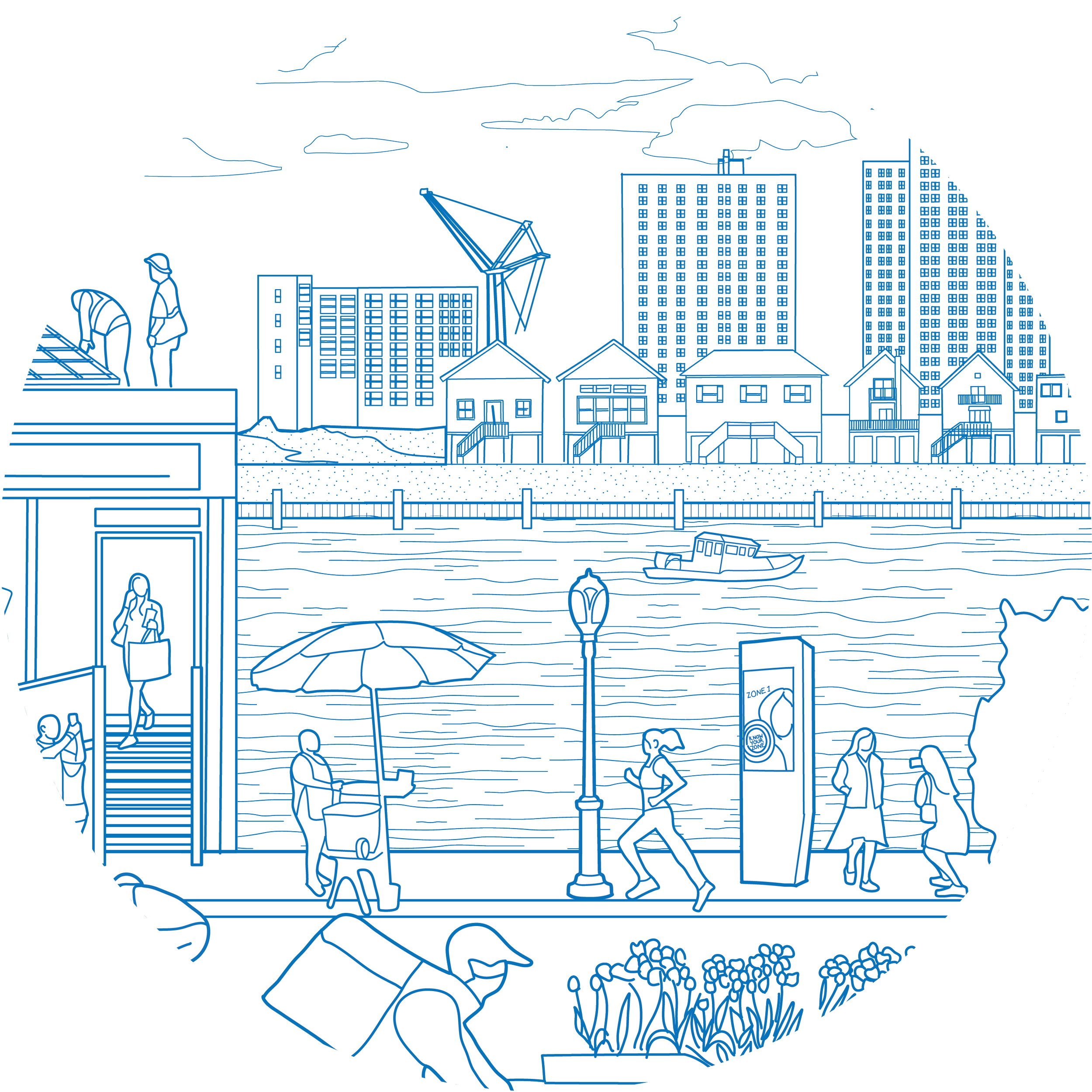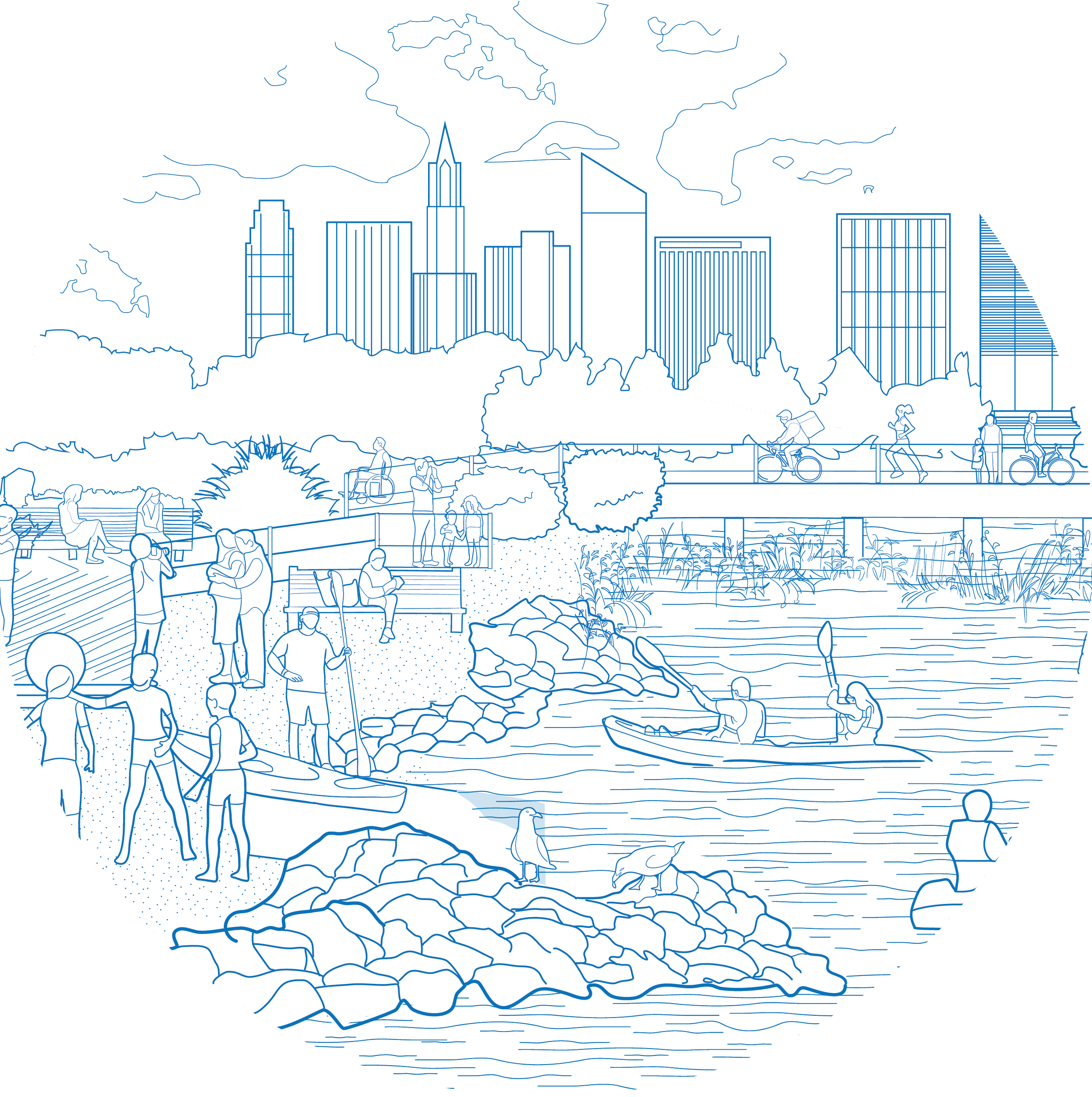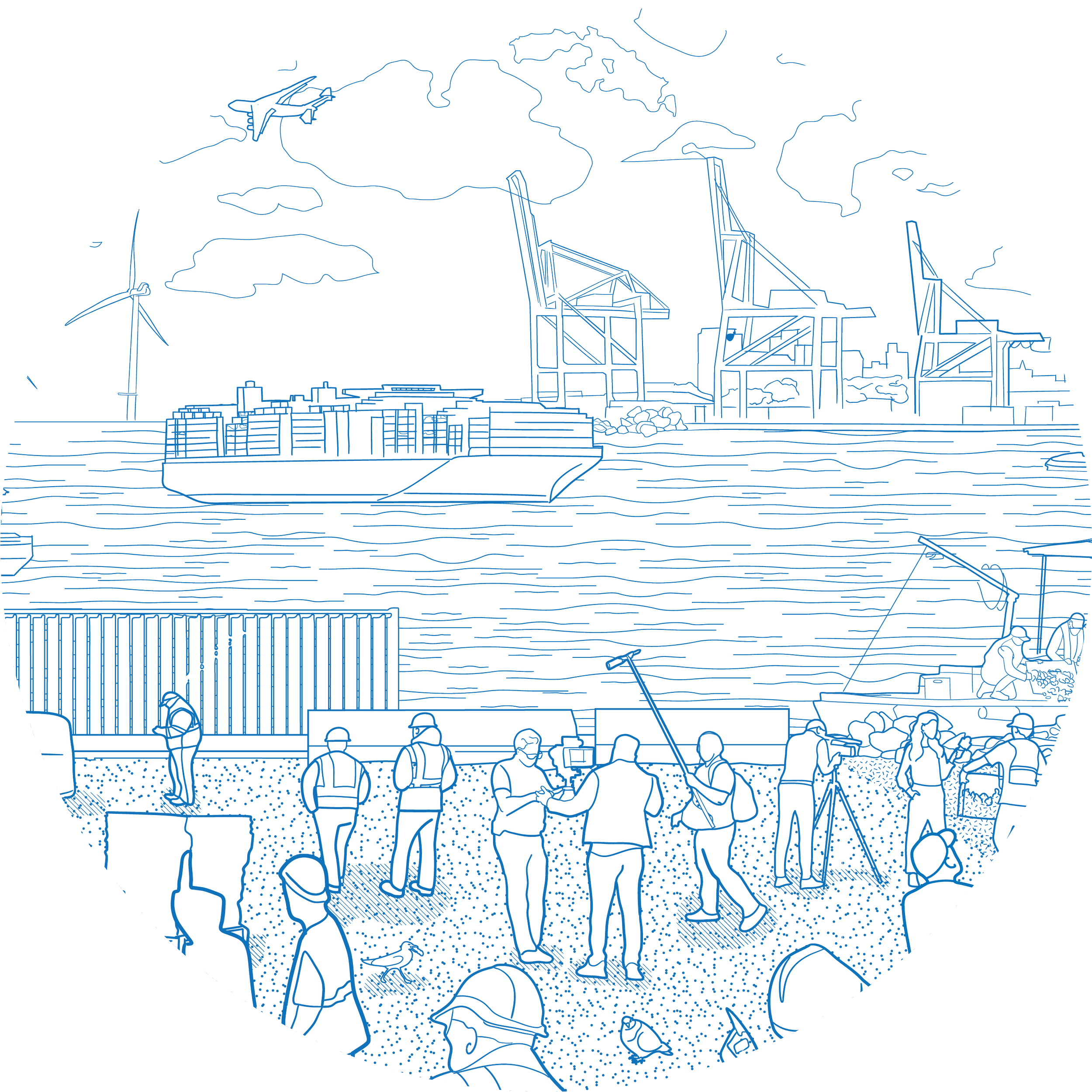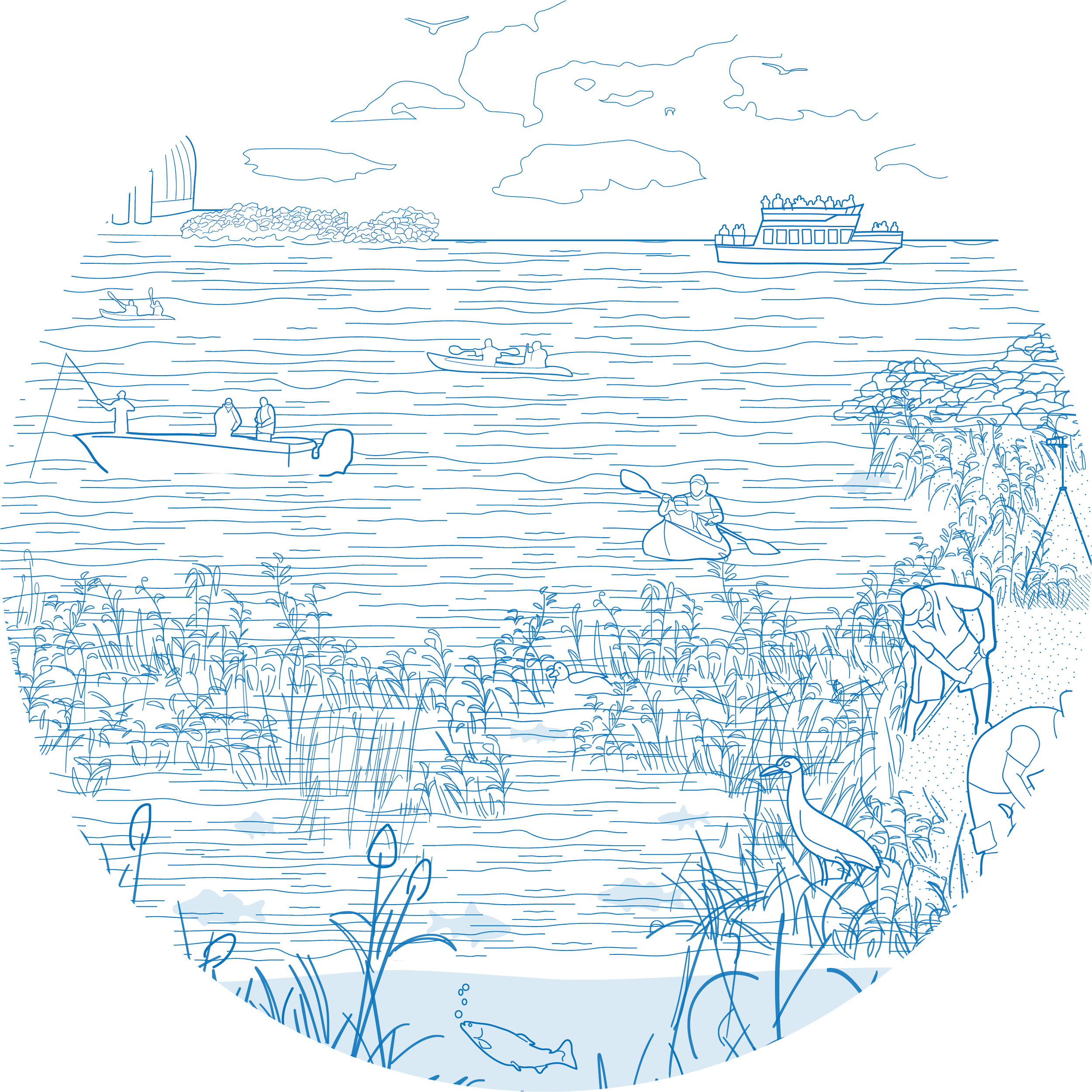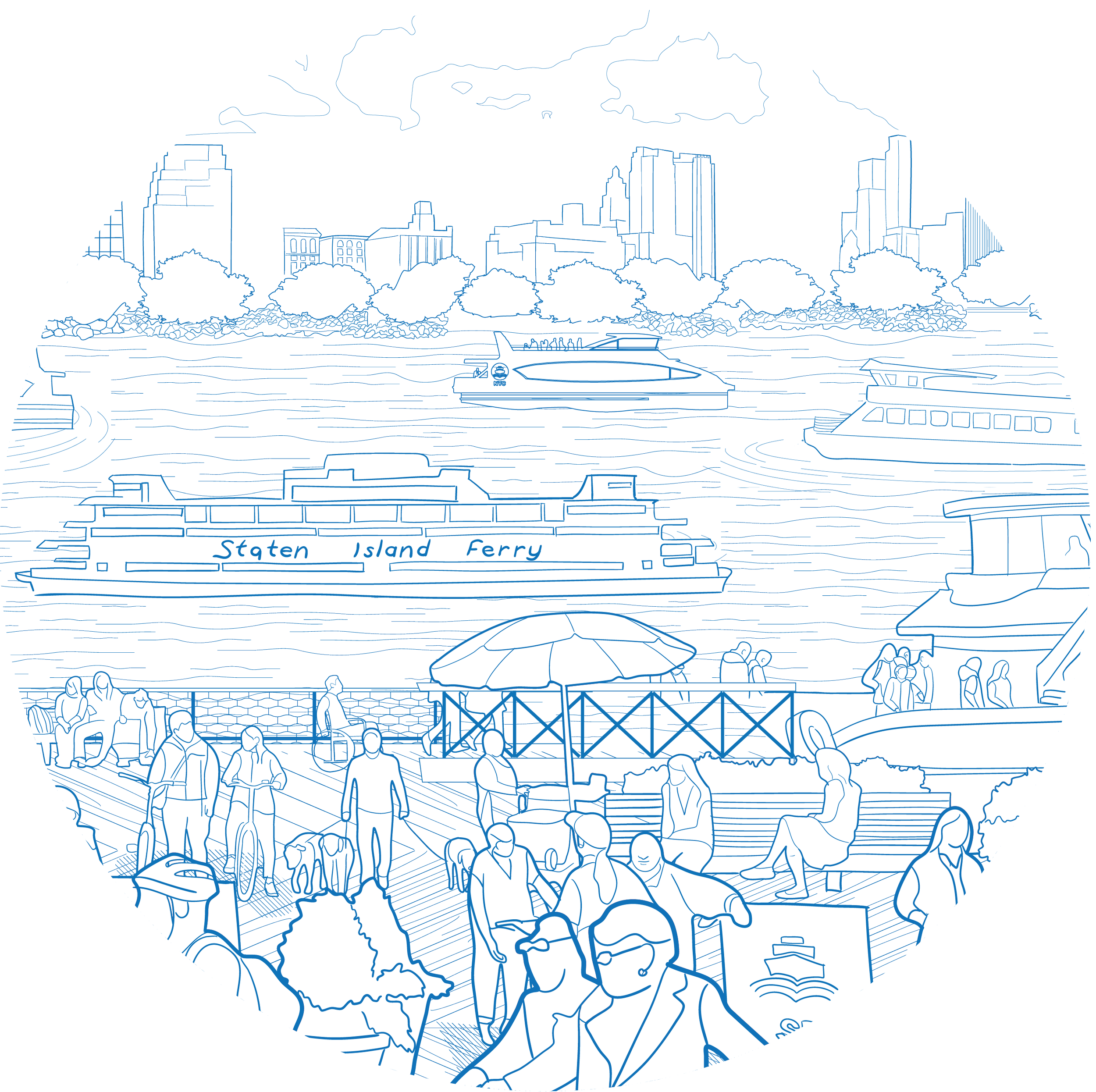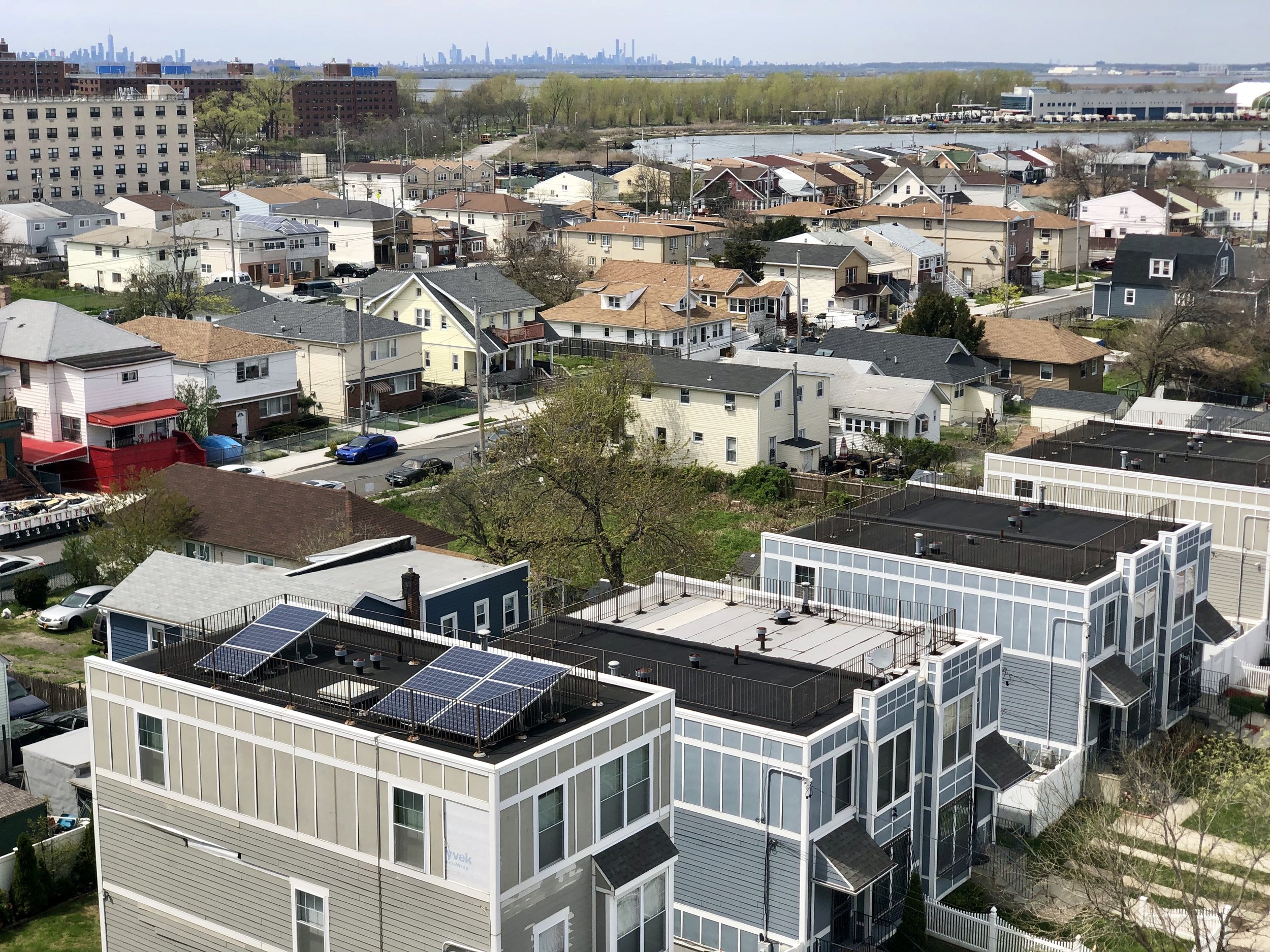
Climate Resiliency and Adaptation
In the next 10 years, climate resiliency and adaptation in NYC will be driven by the climate justice principle that all New Yorkers should live, learn, work and play in safe, healthy, resilient, and sustainable environments, even as the climate changes.
Climate change is one of the defining issues of our time. For the next generation of climate resiliency and adaptation policies and programs, City agencies must collaborate with communities and each other in new ways to advance climate justice for all New Yorkers, especially those who have been excluded or marginalized based on their race, income, abilities or neighborhoods in which they live. We must look at a wide range of different solutions to adapt to a hotter, wetter city – from designing buildings and infrastructure that can safely withstand flooding to training community-based organizations on how to help vulnerable groups stay cool during heat waves. The five Goals in the Climate Resiliency and Adaptation theme focus on expanding climate risk awareness and action, using climate risk information in public policies and investments, supporting the housing needs of waterfront residents, managing flood risk in NYC’s coastal communities, and promoting climate-resilient design of buildings and infrastructure systems. Through these goals and strategies, the City will continue to proactively and permanently weave urban coastal adaptation into processes for long-term planning and everyday decision-making.
Broaden awareness of climate risks and how New Yorkers living and working on the waterfront can take action to adapt to the impacts of climate change
+ How can we do it?
Apply an understanding of systemic climate vulnerabilities to guide land use policies and infrastructure investments in coastal areas
+ How can we do it?
Preserve and create new housing for a mix of incomes in appropriate locations and provide waterfront residents with new resources to manage flood impacts on their homes
+ How can we do it?
Identify opportunities for coastal flood protection, where feasible and practicable, to manage the impacts of coastal storm surge and high tide flooding
+ How can we do it?
Expand resilient design practices that allow waterfront buildings and infrastructure to withstand the impacts of coastal storms, increased precipitation, extreme heat and sea level rise
+ How can we do it?
